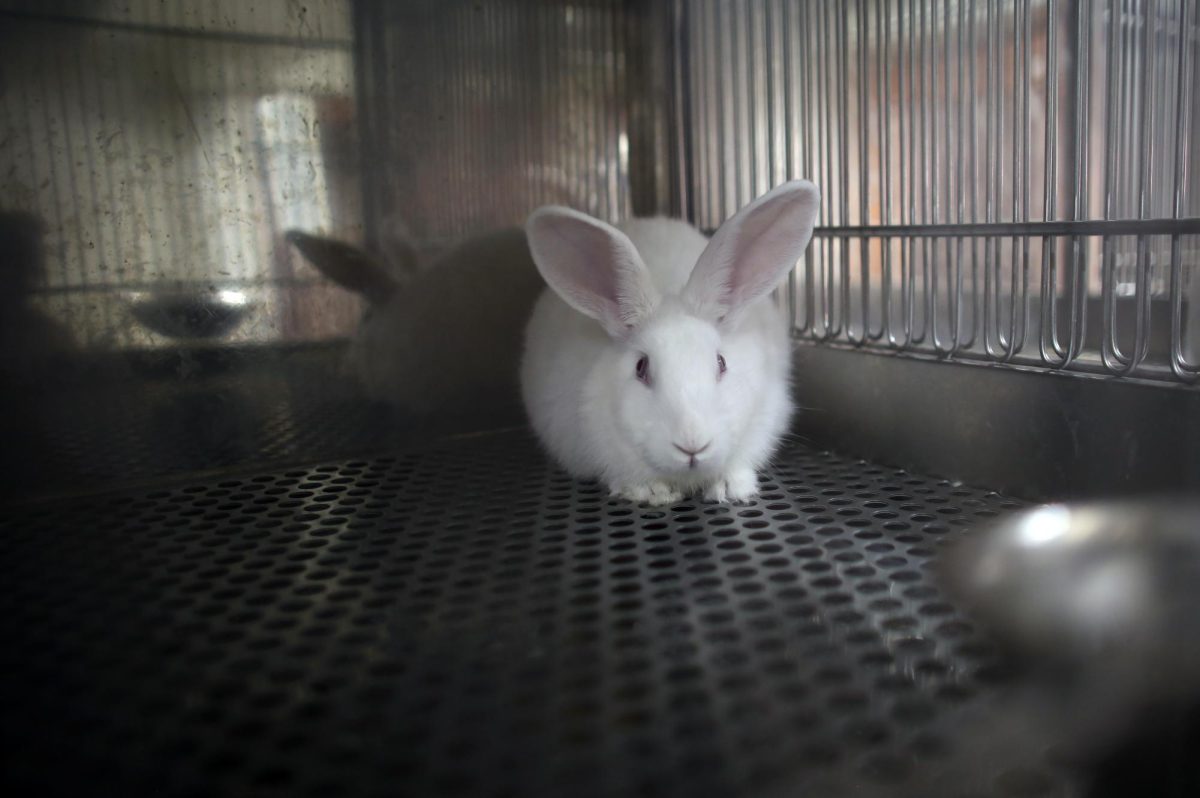When adopting a family pet, most people are left with two choices: adopt or shop. Animals bought from a pet store or breeder are often trained, have clear records, and are mentally well suited for domesticated life. Adoption, on the other hand, can be more affordable and more rewarding, but also more challenging. Many animals up for adoption come from abusive and dangerous backgrounds, so they require special care.
Both options can be beneficial, depending on the owner’s lifestyle and pet experience. However, another possibility for pet ownership has arisen, and it encompasses the best of both worlds.
Each year, approximately 2,000 lab animals experimented on by the FDA annually are now available to be adopted by the general public so that euthanization remains a last resort.
Adopting retired research animals may be one of the more sustainable and beneficial options when it comes to pet ownership. As of December 2022, 15 states have laws to encourage lab animal adoption. These state laws can be seen as similar to the federal Animal Welfare Act that provides necessities for lab animals during testing.
Adoption of research pets is the logical follow up to the AWA. Institutions like the NIH and FDA both encourage such policies.
Most research animals have experienced very little normalcy throughout their lives. In order to remain as controlled as possible, many lab animals have never enjoyed the outdoors or been exposed to any real variety of experiences. However, this makes caring for them a potentially rewarding opportunity. Most lab animals have basic indoor manners from the research facility, so training comes with ease. According to over 4,000 lab animal owners, allowing their pets to experience the varying parts of life they never had in the lab can be a joyful learning process for both pet and owner. Additionally, nearly 92% of lab animal owners say they would happily adopt another retired research animal.
There are many options for potential owners. Like most pet stores or animal shelters, varying breeds of dogs, cats, and rabbits are ready for new homes. More exotic options like frogs, weasels, livestock, and quail are also available, although they require much more care and in some cases specific requirements.
The most common and easily available research animal is by far the lab rat. Despite their reputation as filthy vermin, rats are actually highly intelligent and curious. They socialize easily with both humans and other animals, in many cases exhibiting a variety of loving emotions towards their owners. Their logical and tactile skills are also impeccable, meaning that they can play and problem solve in a similar manner to dogs or cats. Having been kept clean in a controlled lab environment, lab rats have been spared contact with many common diseases that plague the rodent population. The rat’s small size, excellent behavior, and hearty durability make for a great companion to pet owners, yet they currently struggle with stigmatization.
Research animal adoption programs also allow for a much more ethical culture in laboratories. Because the creatures will eventually be adopted, better treatment is encouraged during the research process. And, because lab pets will only spend limited time in the research facilities, only a fraction of their limited lifespan will be donated. Adopted research animals are saved from euthanization, thus saving lives that would otherwise be discarded.
Dog, cat, or even rat, lab animals are deserving of respect, love, and protection. Exposing these pets to the outside world can be a refreshing and new experience for both rookie and veteran pet owners alike. Raising research animals can be an experiment all in its own, but this scientific trial ends in a lifelong bond between person and pet.
In other words, both humans and animals win.


